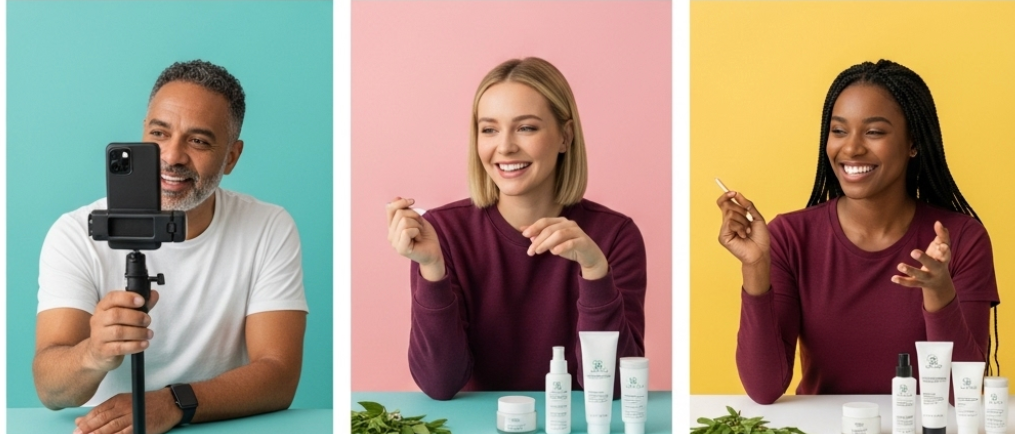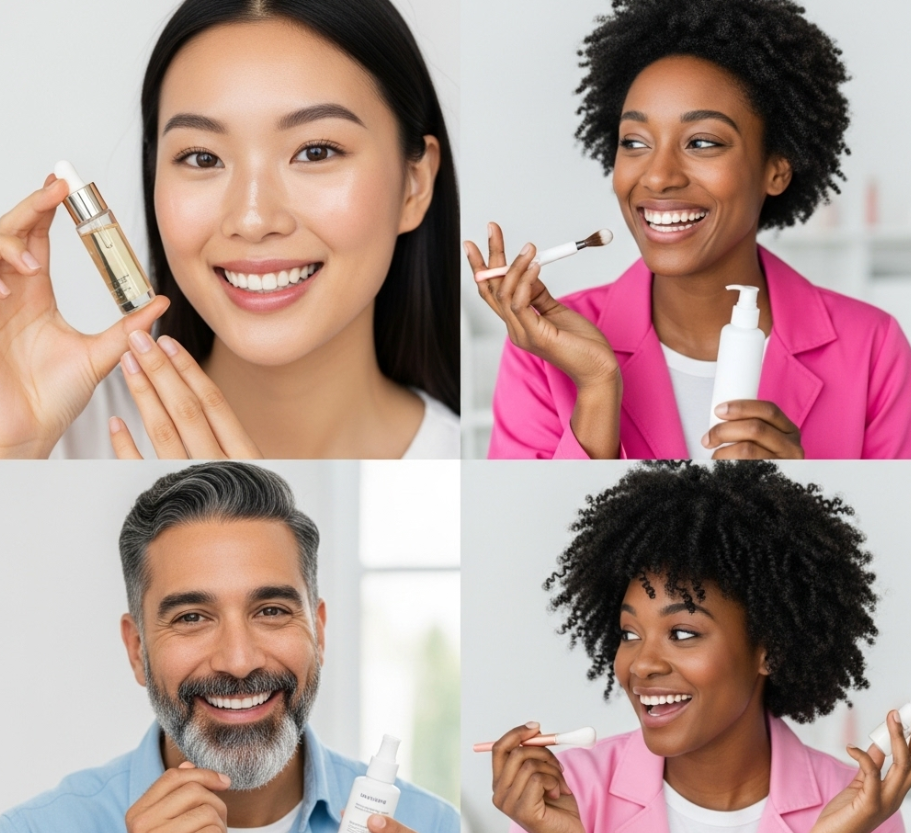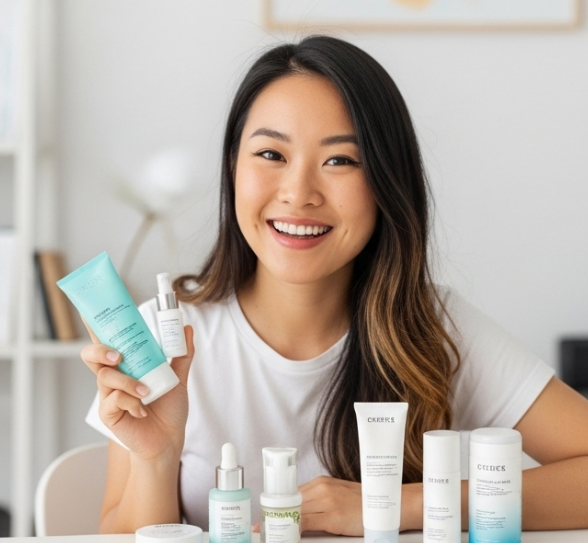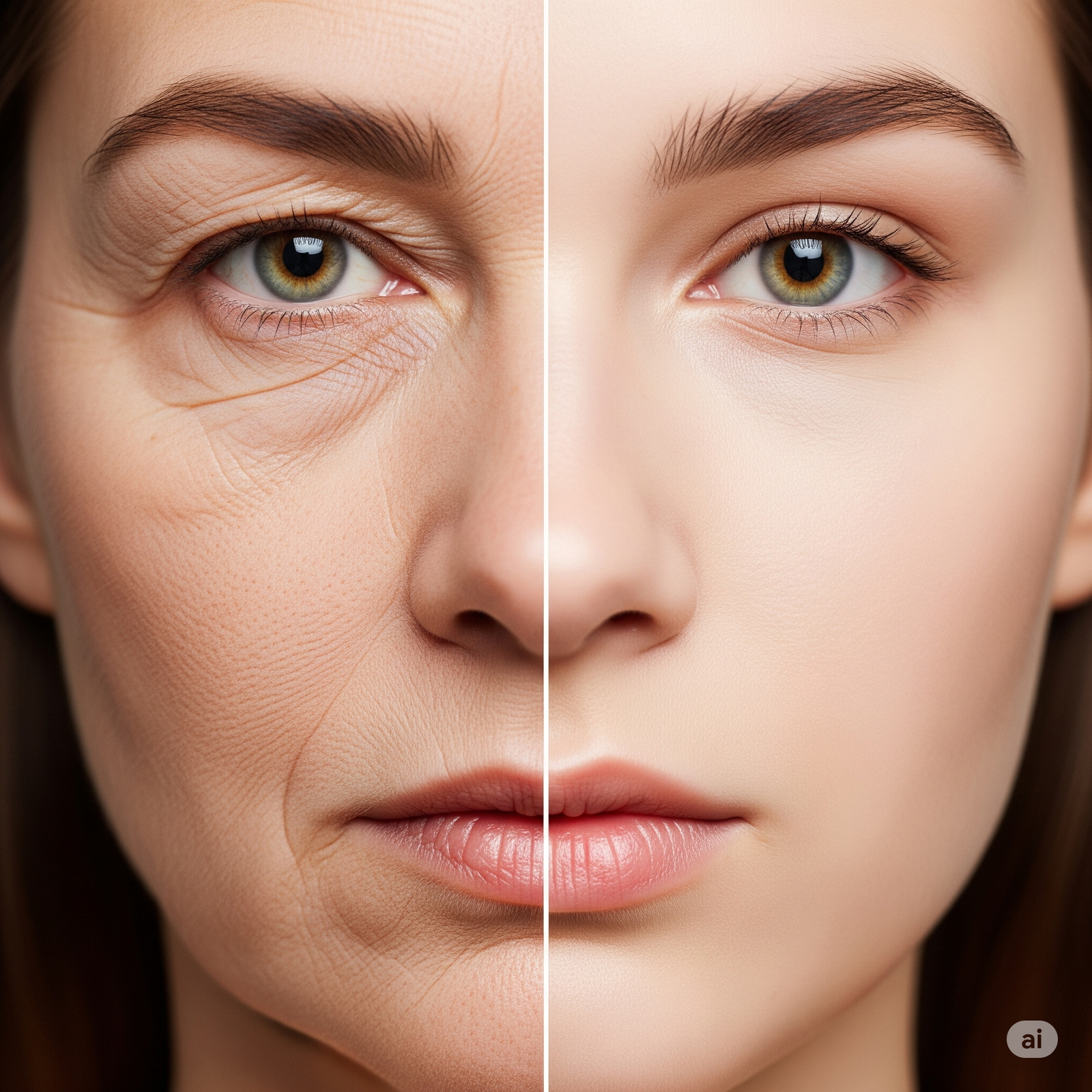How Social Media Secretly Gave You Acne
The Skincare Lie: Are Influencers Giving You Acne?
20 Jul'25
By Amanda


How Social Media Secretly Gave You Acne
In the age of the 15-second skincare “hack,” social media has quietly become the biggest acne machine. One swipe through Instagram or TikTok serves you an avalanche of aesthetic jars, viral creams, and paid influencers flaunting impossibly filtered skin, with zero science behind half the claims.
The Myth: If it’s trending, it must be good for your skin. The Truth: Most viral skincare trends can worsen your acne, because your skin doesn’t care about trends.

The Influencer Skincare Myth
When was the last time you bought a serum just because an influencer swore it “cleared their skin overnight”? If you have acne-prone skin, you probably know the drill: it starts with a “miracle” product, ends with new breakouts, and you’re back to hunting for the next fix.
But here’s the catch — many influencers aren’t skin experts. Their “reviews” are often brand deals in disguise, with results hidden behind flattering lighting and filters. Worse, a product that works for their skin type might destroy yours.
What Social Media Won’t Tell You
1. Not every acne is the same. There’s hormonal acne, bacterial acne, and fungal acne, and they all need different treatments. The same trending product can soothe one type and inflame another.
2. More is not always better. Layering multiple trending actives (like mixing retinol, AHAs, and vitamin C) can backfire, weakening your skin barrier and causing more breakouts.
3. Quick fixes are rarely fixes. Overnight pimple patches help — but they don’t address root causes. And DIY “hacks” like lemon juice or toothpaste? Guaranteed to damage your skin.
The “Instagram Acne Cream” Trap
India’s booming skincare market is flooded with Instagram-only brands promising ‘instant glow’ or ‘7-day acne cure.’ Many aren’t dermatologist-tested. Some creams contain steroids or harsh actives not suited for Indian weather and skin sensitivities, leading to dependency and worse flare-ups.

What Actually Works?
- See a dermatologist before Instagram. A customized routine always beats crowd-sourced advice.
- Understand your skin type. Dry skin acne needs different care than oily skin breakouts.
- Focus on ingredients, not trends. Look for evidence-backed ingredients like salicylic acid, niacinamide, and benzoyl peroxide — in the right strength.
- Be consistent. A new product every week will keep your skin confused and inflamed.
- Simplify. The fewer steps, the less risk of irritation.
Visuals for Reels & Fact Checks
- Before-after timelines with real acne journeys.
- Swipe carousels: “This or That?” (e.g., real acne solutions vs trending myths)
- Ingredient spotlights: What salicylic acid really does.
Don’t trust the filter — trust the facts.
#InfluencerSkincareMyth #InstagramAcneCream #WrongSkincareIndia
— By Amanda
Five Anti-Wrinkle Facial Oils You Need Now
Let’s be real: “ageing gracefully” is out, and ageing intentionally is in. As Gen Z and millennials lean into skin longevity, anti-wrinkle facial oils have become beauty’s new holy grail. From rosehip to squalane, these oils are not just your mom’s skincare—they’re your shortcut to glow, elasticity, and pre-30 prevention.

The Art of Fragrance Layering—And Why Carolina Herrera Is Ideal for It
Layering perfumes is no longer reserved for elite noses or Parisian counters—it’s a full-on ritual, especially in India’s evolving fragrance scene. From AM-to-PM scent transitions to building your olfactory signature, perfume layering is the new beauty flex.
